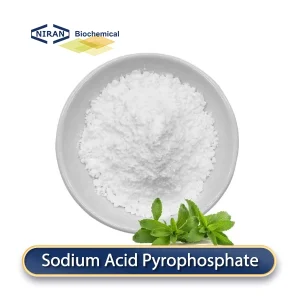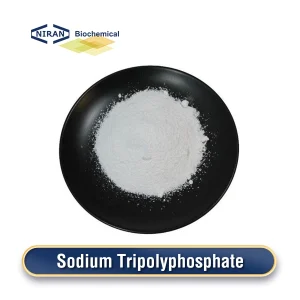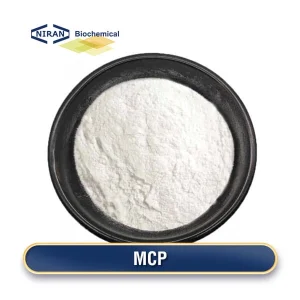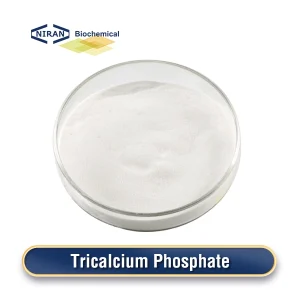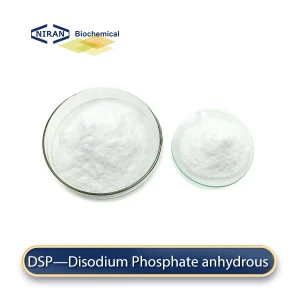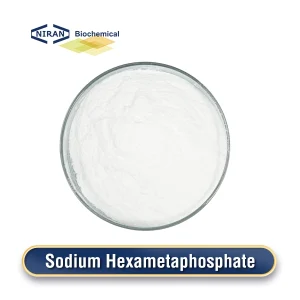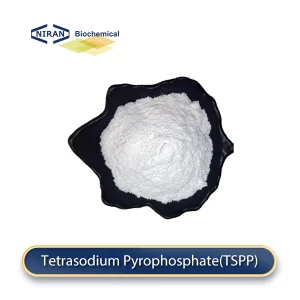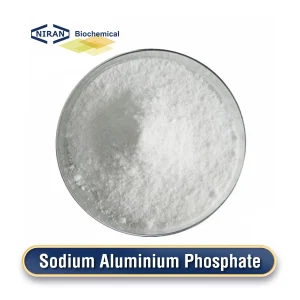Phosphoric Acid Manufacturer China
agricultural applications worldwide.
You can get from us:
- High Purity: Ensures effectiveness and safety.
- Stable Composition: Consistent chemical makeup.
- Corrosion Resistance: Protects against rust and decay.
- Solubility: Easily dissolves in water for various uses.
- Acidity Control: Precise pH regulation in applications.
- Non-volatile: Low risk of evaporation or loss.
- Versatility: Suitable for multiple industrial applications.
- Safe Packaging: Secure and compliant containers.
PHOSPHORIC ACID
In foods, phosphates are used for a variety of purposes including as leavening agents in baking, emulsifiers in processed cheese, and stabilizers in many processed foods. Common food-grade phosphates include disodium phosphate, trisodium phosphate, and tetrasodium pyrophosphate.
Our main product is phosphate powder, it can serve as a buffering and chelating agent. NIRAN Biochemical carefully selects quality raw materials for you. We rigorously manage production costs and product quality to offer you highly competitive prices within the food ingredients industry.
TYPES OF PHOSPHORIC ACID
In the food industry, different types of phosphoric acid and their derivatives are used for various purposes. Here are the main types in the food sector:
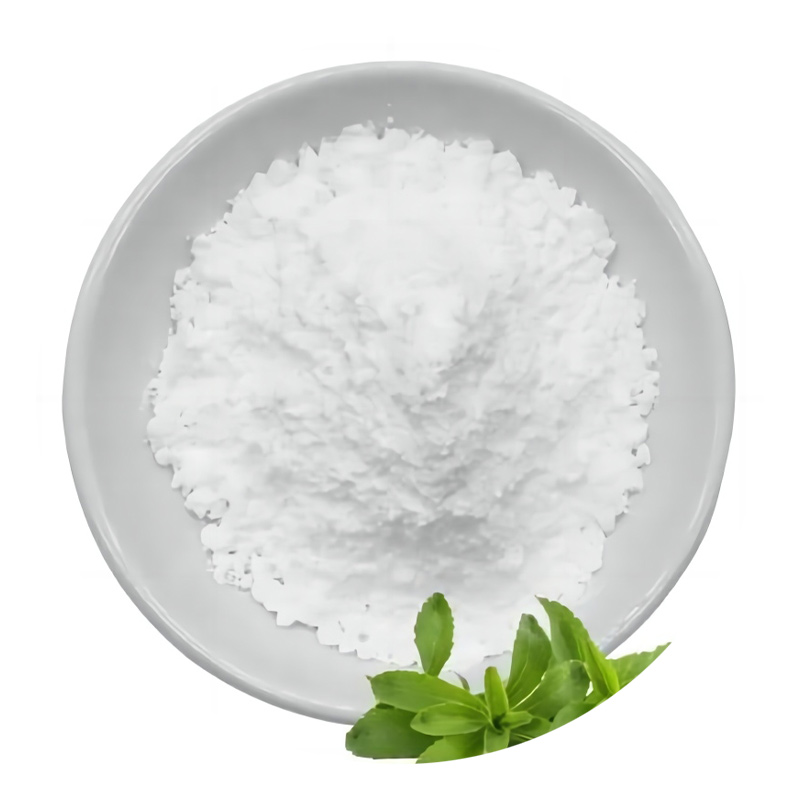
Orthophosphoric Acid (H₃PO₄)
Commonly used as an acidulant in foods and beverages like soft drinks (e.g., cola) to provide tanginess and control pH, preventing the growth of mold and bacteria.
Polyphosphoric Acids
Includes compounds like sodium polyphosphate, potassium polyphosphate, and calcium polyphosphate. Used as emulsifiers to improve texture, retain moisture in meats and seafood, and stabilize proteins in dairy products.
Pyrophosphoric Acid (H₄P₂O₇)
Used in baking powders as leavening agents to help baked goods rise and as sequestrants to bind metal ions, preventing discoloration and off-flavors in foods.
Phosphates and Polyphosphates
Sodium phosphate, potassium phosphate, and calcium phosphate. Uses: Added to foods for nutrient fortification, pH control, and texture improvement in processed meats, cheeses, and dairy products.
Phosphate Salts
Monosodium phosphate, disodium phosphate, trisodium phosphate. Uses: Serve as emulsifiers and stabilizers to improve texture in cheese and dairy products, as buffering agents to maintain desired pH, and as thickening agents in sauces, dressings, and desserts.
APPLICATIONS OF PHOSPHORIC ACID
Phosphoric acid is highly valued in the food industry for its versatility and efficacy as an additive. While it’s prized for its ability to impart a sour flavor and act as a preservative, its use is balanced with considerations for health and nutrition, particularly in relation to dietary phosphate intake.

Beverage Industry
Sports Drinks: Sometimes used to adjust the pH level and add tartness, enhancing the flavor profile of sports and energy drinks.
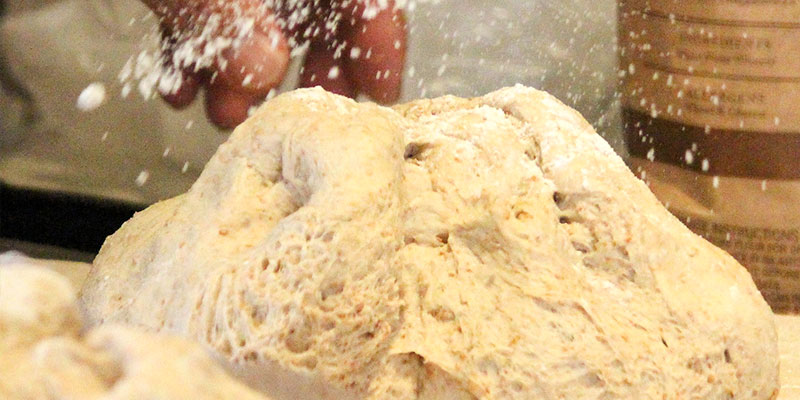
Processed Foods
Flavor Enhancer: It can enhance the tanginess or sourness in various processed food products.
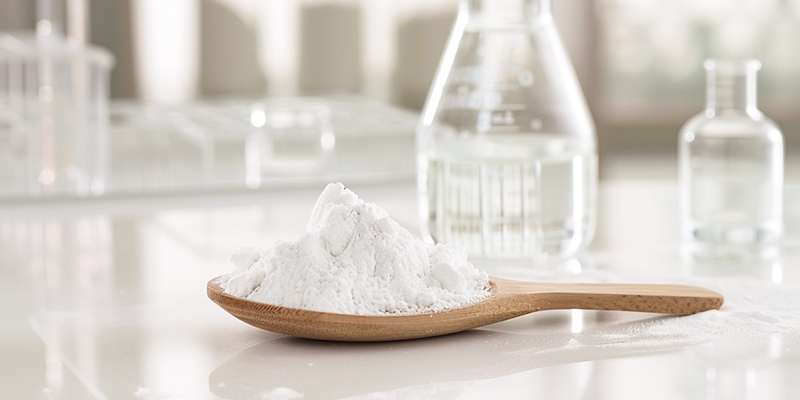
Phosphates
Our main phosphate products are as follows:

Dairy Products
Cheese Making: Phosphoric Acid may be used to set the protein in some cheese-making processes, helping in curd formation.

Preservatives
Its capacity to reduce the pH of food items renders it a potent preservative, thwarting the proliferation of microbes and fungi, and consequently prolonging the shelf life of diverse food products.

Nutrition & Dietary Supplements
Phosphoric Acid is sometimes used in the production of nutritional supplements, especially those requiring an acidic component.

Culinary Uses
In small quantities, it can be used to acidulate foods and sauces, adding a tangy flavor without overwhelming the dish.
FAQ
What is phosphoric acid and why is it used in food?
Phosphoric Acid (H₃PO₄) is a colorless, odorless phosphorus-containing inorganic acid. It finds predominant use in the food industry as both an acidity regulator and flavor enhancer, notably in cola beverages, prized for its zesty flavor profile.
Is phosphoric acid safe to consume in food and drinks?
Yes, Phosphoric Acid is considered safe for consumption in the amounts typically used in food and beverages, as approved by food safety authorities like the FDA and EFSA.
What are the common food applications of phosphoric acid?
It is most commonly used in soft drinks and sports drinks to provide a tangy flavor and to adjust the pH level. Additionally, it sees application in certain processed food items as a means of preservation.
Can phosphoric acid affect dental health?
Excessive consumption of beverages containing Phosphoric Acid, such as cola drinks, can contribute to dental erosion due to its acidic nature. It is advised to consume these beverages in moderation.
Does phosphoric acid have any nutritional value?
Phosphoric acid itself does not provide nutritional value, but phosphorus, the element in Phosphoric Acid, is an essential nutrient important for bone health.
How is phosphoric acid listed on food labels?
It is usually listed as 'Phosphoric Acid' or 'E338' in the list of ingredients on food labels.
Can phosphoric acid cause any health issues?
Ingested in normal amounts as commonly found in food and beverages, it is generally regarded as safe. However, high intake, particularly from soft drinks, has been linked in some studies to lower bone density and chronic kidney disease.
Are there any alternatives to phosphoric acid in food?
Citric acid is a common alternative, especially for adding tartness to beverages and foods, though the flavor profile is slightly different.
Is phosphoric acid used in organic or natural foods?
It is less common in organic foods, as organic standards usually favor naturally occurring substances like citric acid.
How does phosphoric acid interact with other ingredients in food?
It can interact with other ingredients to adjust pH and flavor. In beverages, it works with sweeteners to balance sweetness and tartness.

